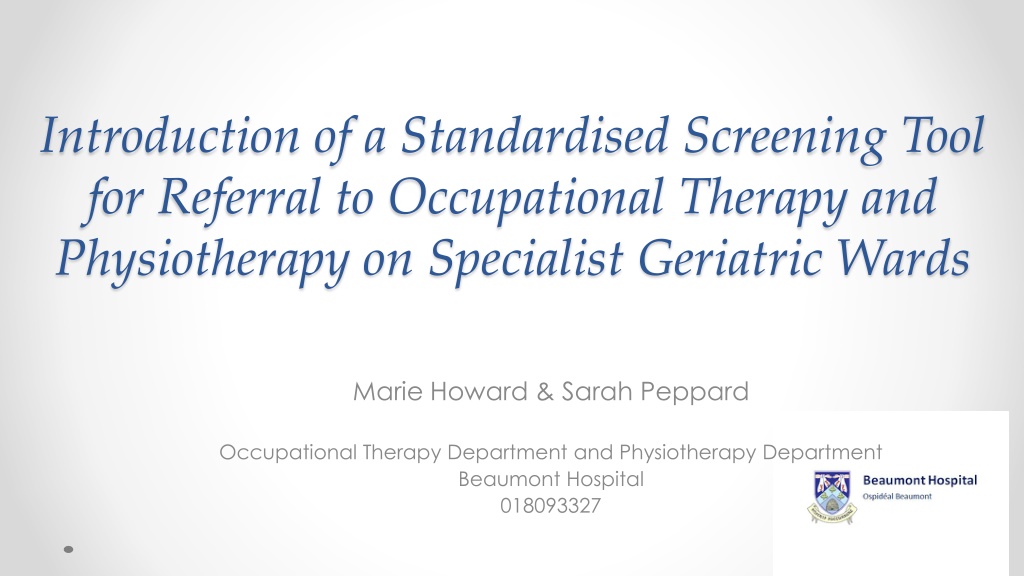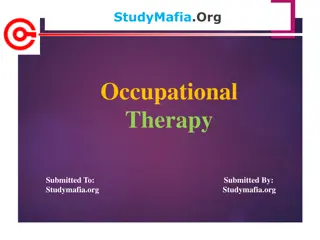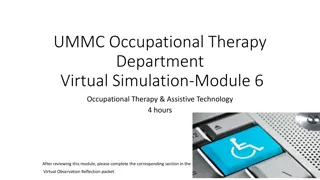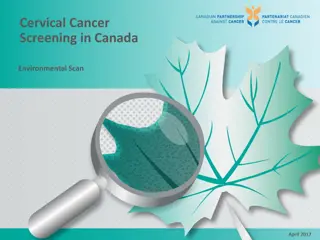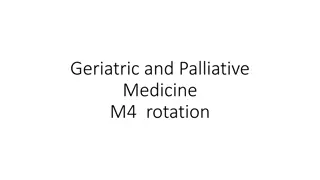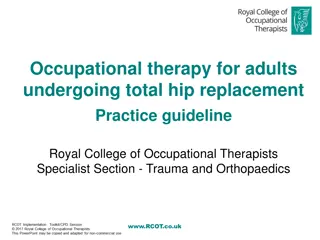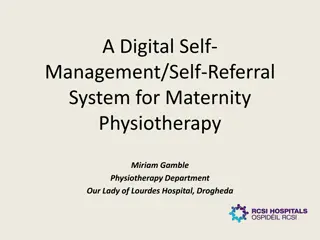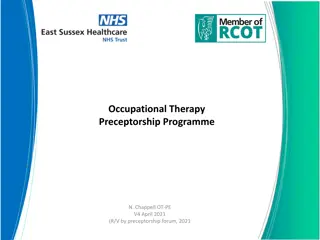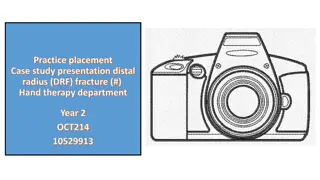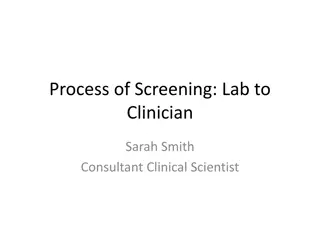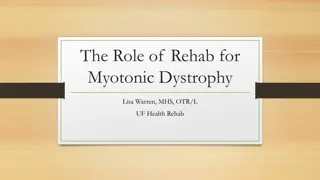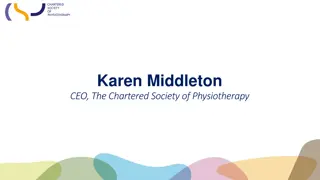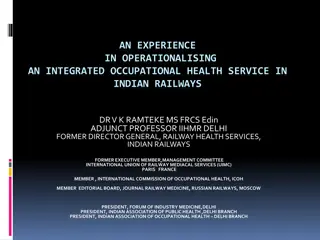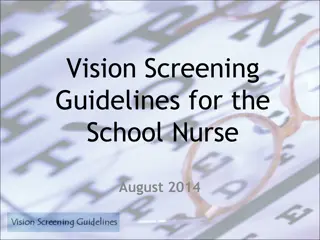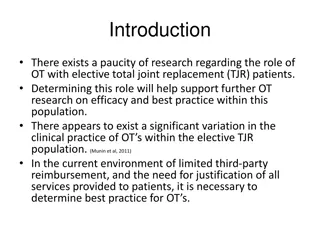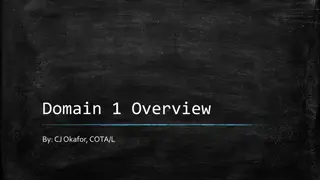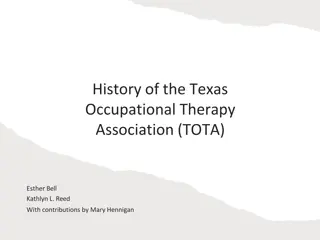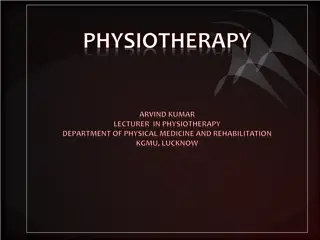Implementation of a Standardized Screening Tool for Referral to Occupational Therapy and Physiotherapy on Specialist Geriatric Wards
Occupational therapists and physiotherapists at Specialist Geriatric Wards implemented a standardized screening tool using a triage sticker to improve efficiency in therapy referrals for frail older adults. Through a Quality Improvement initiative, the triage sticker with set criteria identified patients needing therapy input, leading to proactive interventions and streamlined discharge planning. The accuracy of the new tool was found to be 83%, showcasing its effectiveness in optimizing patient care and resource utilization.
Download Presentation

Please find below an Image/Link to download the presentation.
The content on the website is provided AS IS for your information and personal use only. It may not be sold, licensed, or shared on other websites without obtaining consent from the author. Download presentation by click this link. If you encounter any issues during the download, it is possible that the publisher has removed the file from their server.
E N D
Presentation Transcript
Introduction of a Standardised Screening Tool for Referral to Occupational Therapy and Physiotherapy on Specialist Geriatric Wards Marie Howard & Sarah Peppard Occupational Therapy Department and Physiotherapy Department Beaumont Hospital 018093327
Background: The Occupational Therapists (OT s) and Physiotherapists (PT s) on the Specialist Geriatric Wards provide assessment, rehabilitation, and discharge planning for frail older adults. All patients are screened on admission by OT or PT to determine the need for therapy input. This rapid response eliminates delay in accessing therapy input and allows for proactive commencement of intervention and discharge planning without the delay of awaiting a referral. It was identified that the existing process for screening patients lacked structure and clarity, leading to inefficient use of time and resources with the risk of duplication. Aim: The aim of this local Quality Improvement (QI) initiative was to standardise the process for screening using a triage sticker containing set criteria for referral to OT/PT.
Change initiative: Following team consultation and review of frailty screening tools, a triage sticker was adapted and modified from the Think Frailty tool1 . QI methodology and PDSA cycles identified 6 blanket triggers for OT/PT assessment on the ward. F Functional impairment R Resident in a care home A - Acute/chronic confusion I - Immobility/Instability L - Living at home with support S - Specialist seating or skin integrity issues Retrospective review of traditional triage vs the new sicker was performed to evaluate accuracy. Results: 83% accuracy between traditional and new triage 0% of patients subsequently referred with new triage Retrospective analysis found 83% accuracy between the new triage sticker and the traditional triage method. Of the patients who did not meet the criteria for referral, to date none have been subsequently referred during their admission, demonstrating its comprehensiveness as a tool
Sustained- how was the improvement sustained: The new triage sticker is being used as the primary triage method for new admissions to the specialist geriatric wards. For all patients that the sticker has been utilised with, data is continuing to be collected on to monitor if patients are being referred at a later date. This has been continued over a 12 month period and to date no patients have been subsequently referred. Value to patients: Pro-active and early intervention from OT and PT is beneficial for ensuring optimum patient care and efficient discharge planning for frail older adults admitted to hospital. This local QI project demonstrated that standardising the screening process for referral to OT/PT could improve clarity and enable more efficient use of time and resources.
